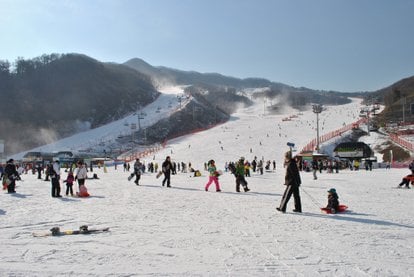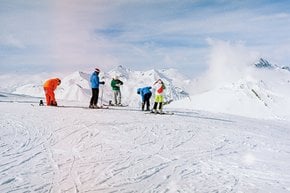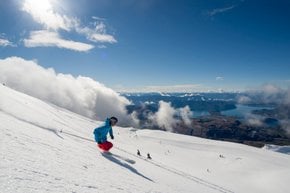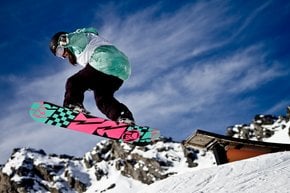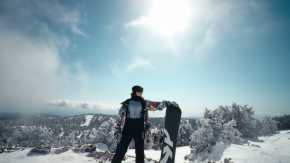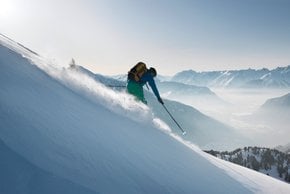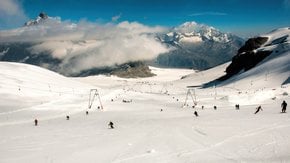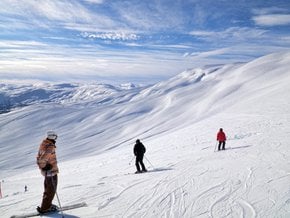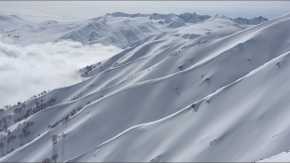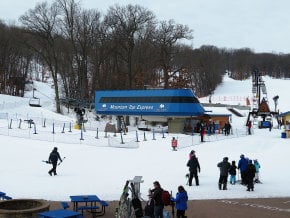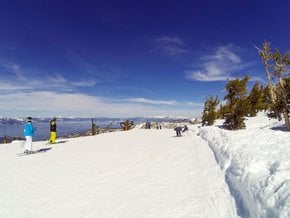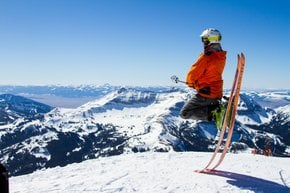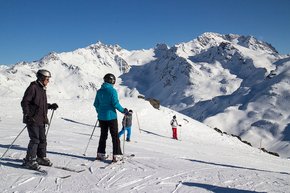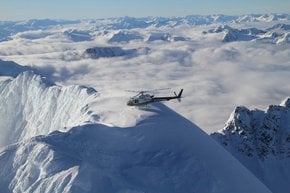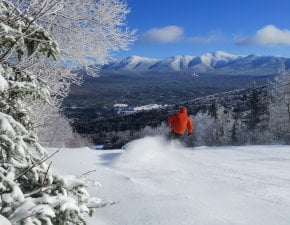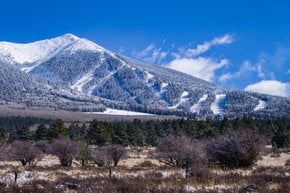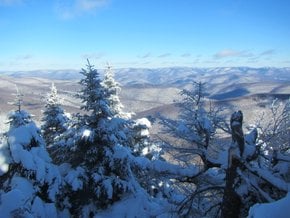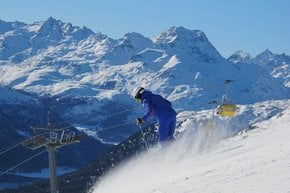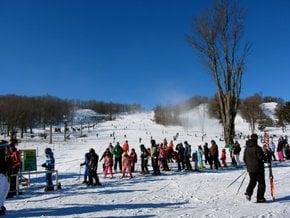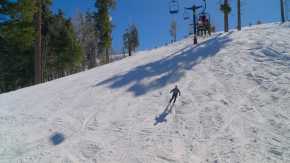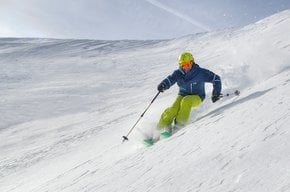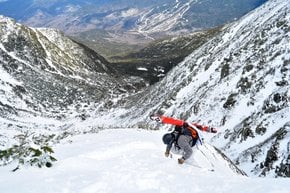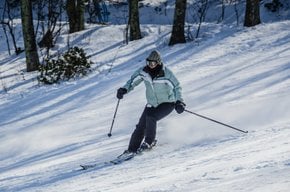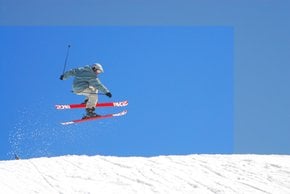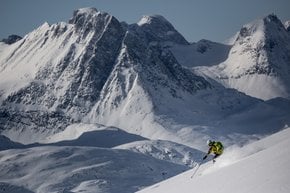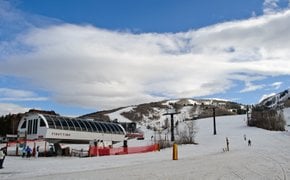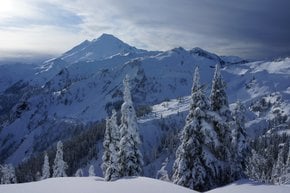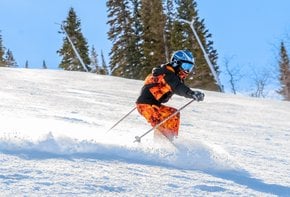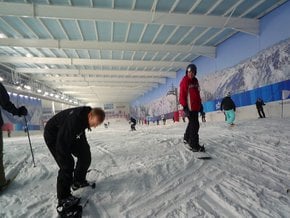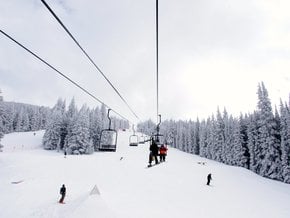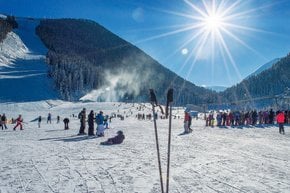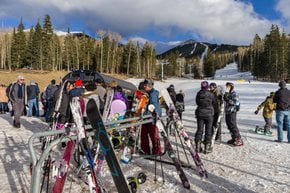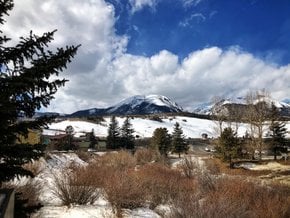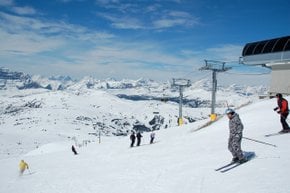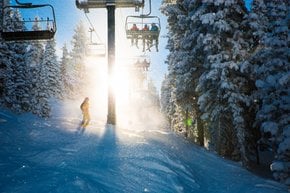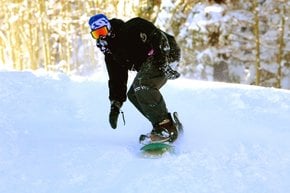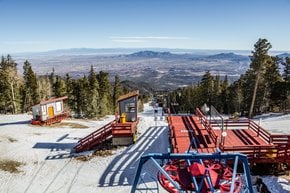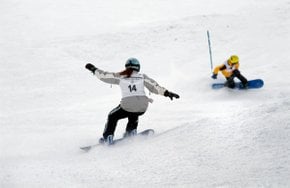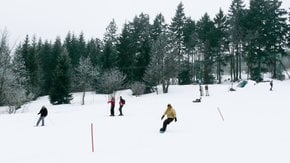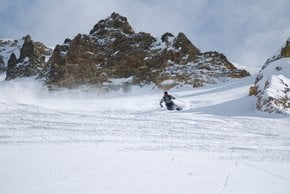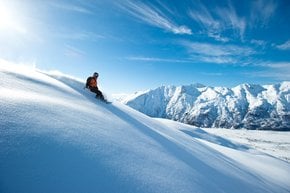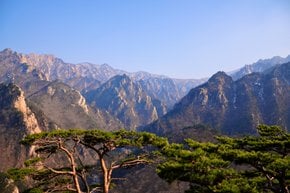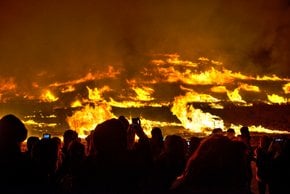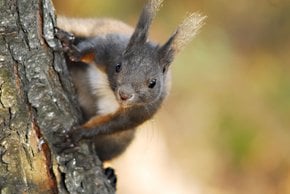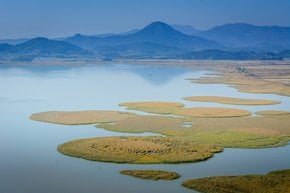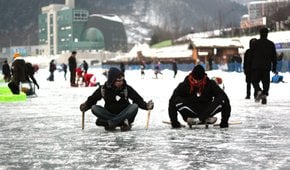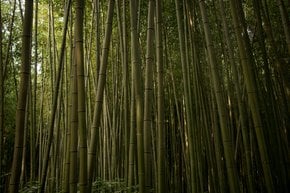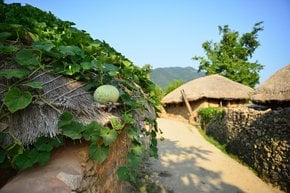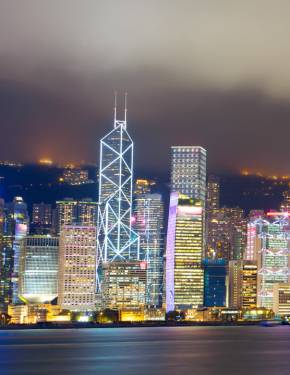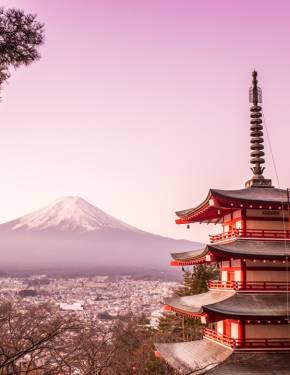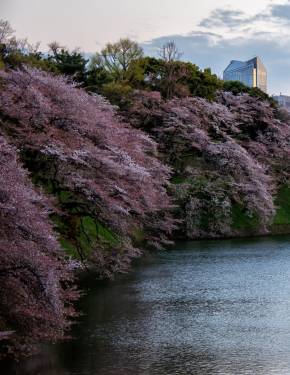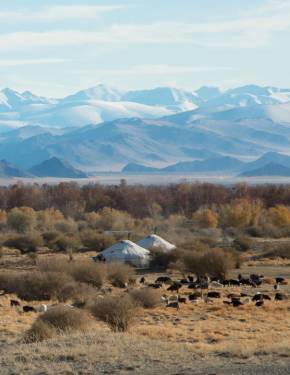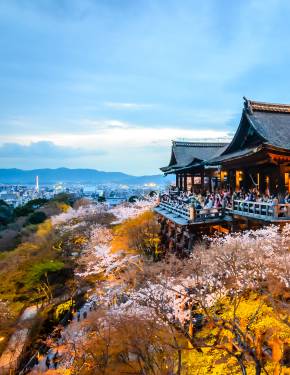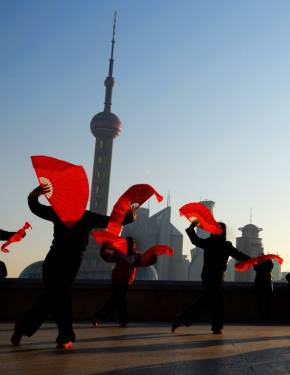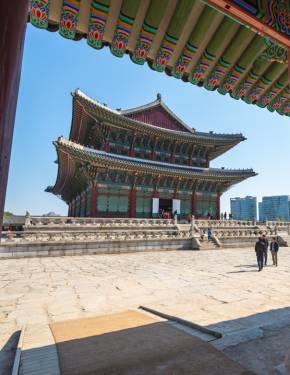Skiing and Snowboarding Season in South Korea 2025-2026
Mountains occupy nearly three-quarters of the country's territory, which makes it a great skiing destination
Best time: December–March
Mountains constitute 65% of South Korea. It would be crazy to go there in winter and not benefit from the abundance of spectacular snowy slopes. Some great skiing and snowboarding resorts are located around the capital of Seoul. The top seven spots include YongPyong Resort, High1 Resort, Konjiam Resort, Muju Deukyusan Resort, Alpensia Resort, Phoenix Park, and Vivaldi Park. Additionally, Night skiing is a big thing in South Korea with much longer hours than most other countries have to offer.
Best time for skiing and snowboarding in South Korea
The skiing and snowboarding season in South Korea typically runs from December to March, depending on weather conditions and specific resort operations.
YongPyong Ski Resort
Yongpyong Resort is the largest ski resort in Korea. It is located at the foot of Mount Balwangsan in Pyeongchang County (Gangwon-do). Due to over 6.5 ft (2m) of annual snowfall, Yongpyong is sometimes called the Korean Alps. There are 15 mi (24 km) of slopes on elevations of 2,230-4,757 ft (700-1,450 m). Lift and Equipment rental costs about $85.
Additionally, the resort is host to many international ski races, high-level skiing and snowboarding facilities, and various other activities such as ice-skating and spa treatments. These make Yongpyong Resort a popular destination for winter sports enthusiasts and tourists from all over the world.
High1 Ski Resort
High1 Resort, situated in Jeongseon-gun, Gangwon Province, is an excellent ski destination despite its remote location. Its higher altitude provides good snow conditions with some specially designed for experienced skiers. The location is perfect for skiers looking to escape the hustle and bustle of Seoul, and it provides a pristine location for a winter break.
High1 Resort, one of the most popular areas of the High1 complex, features a 6.6-miles-long (4.2-kilometer) slope designed for beginners that descends from the summit of Jijangsan Mountain, which stands at an altitude of 1,345 meters. The ski resort boasts a total of 18 slopes, along with 3 gondolas and 7 lifts, catering to skiers of all skill levels.
Pheonix Park Ski Resort
Pheonix Park is the best option for beginners, as it has many schools and courses for both skiers and snowboarders. Located two hours from Seoul, it is one of the most popular spots for students. Phoenix Park offers 21 slopes and eight lifts, including a gondola and six conveyor belts that provide access to the ski school slope and half-pipe. This environmentally friendly resort was designed to minimize disruption to the surrounding nature, allowing visitors to enjoy the beauty of the landscape while skiing.

